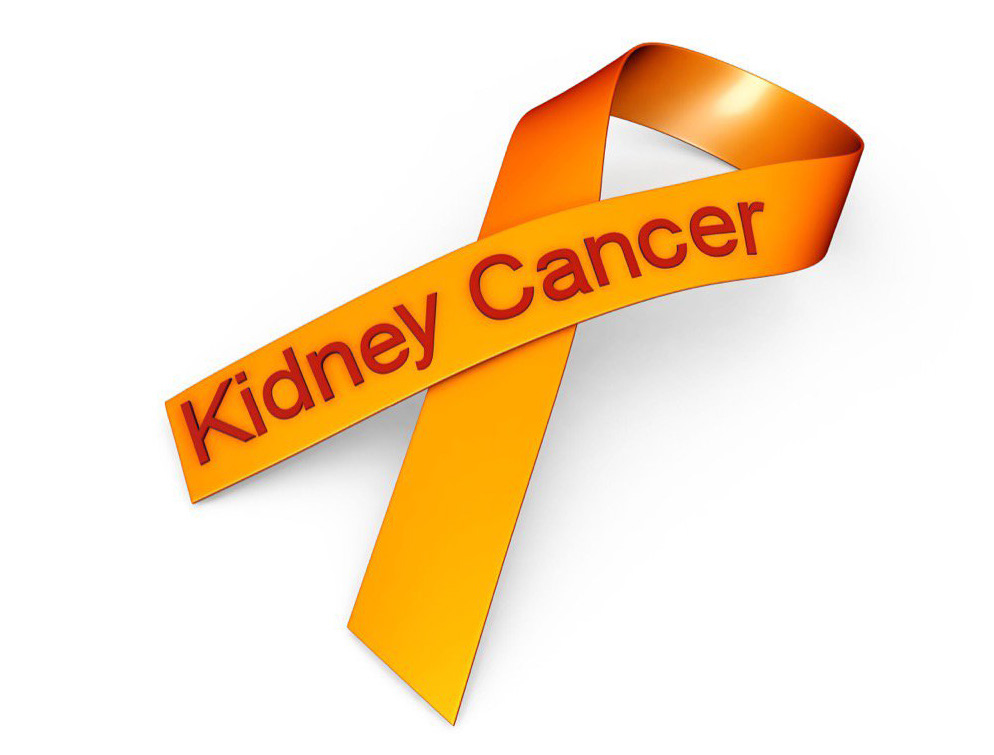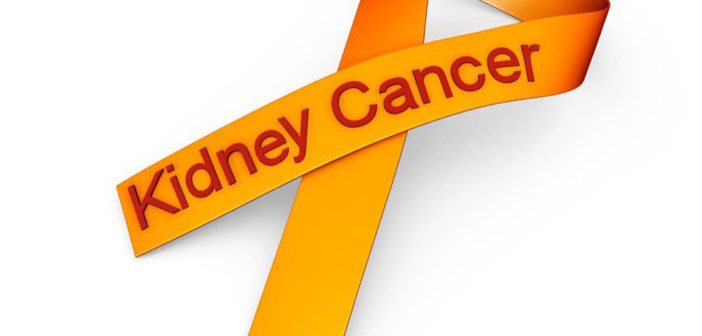
The colour that signifies kidney cancer awareness is orange.
Credit: @DawneGeeWAVE3
March is kidney cancer awareness month. This is the twelfth most common cancer in the world, along with pancreatic cancer. Here are some facts to get you started on kidney cancer awareness:
These bean-shaped organs are found in the upper back-abdomen of both males and females, so both genders are at risk of contracting this disease. Kidney cancer develops when cells in the kidney begin to grow out of control. As a vital member of the excretory system, it is responsible primarily for cleansing the blood from impurities, such as waste products and excess water and salt. The kidneys also help to control blood pressure and more.
According to the American Cancer Society, causes of kidney cancer include smoking, obesity, family history of kidney (renal) cancer, and certain medicines (phenacetin and diuretics). There are multiple types of kidney cancer; according to American Cancer Society, the most common type is renal cell carcinoma, also known as renal cell cancer or renal cell adenocarcinoma. About nine out of every 10 cancers are renal cell carcinomas; of these cases, seven out of 10 people have this kind of cancer. Other kinds of renal cell carcinoma include clear cell renal carcinoma, papillary renal carcinoma, and chromophobe renal cell carcinoma. The very rare (1 percent chance) types include collecting duct RCC, multilocular cystic RCC, and medullary carcinoma. The World Cancer Research Fund International collected data from up to 2012, which found that the U.S. is positioned at No. 4 on the list of top countries with kidney cancer, with the Czech Republic topping the list for both sexes.
The American Cancer Society has stated that people mainly at risk are African Americans and American Indians/Alaska Natives and persons with genetic and hereditary risk factors, such as Von Hippel-Lindau disease, Cowden Syndrome, Birt-HoggDube (BHD) syndrome, and renal diseases. Also, persons between the ages of 50 and 70 are at a higher risk of developing the disease, as well. Men are more than three times likely to be diagnosed with kidney cancer than women, as reported by Cancer.net.
According to Healthline.com, the first sign of kidney cancer is blood in the urine, as it is the main symptom. Other signs include pain in the side or lower back and feeling a mass on your abdomen, side, or lower back. Several symptoms of kidney cancer, according to WebMD, include an ongoing pain in your side, unreasonable weight loss, anemia, urine in blood, lump in the side, and extreme fatigue. As reported by the Cancer Centre Statistics persons living with kidney cancer for half a year to one year have a 70 to 49 percent chance of surviving. Meanwhile, if a person has it for over two years, the survival rate slims to less than 30 percent and decreases to the least 10 percent at a minimum of five years. Scientists are continuously looking for new ways to improve kidney cancer treatments. Several targeted therapies have been adopted to treatments, such as immunotherapy (the most responsive), and drug use surgery, which can be preceded by neoadjuvant therapy.





